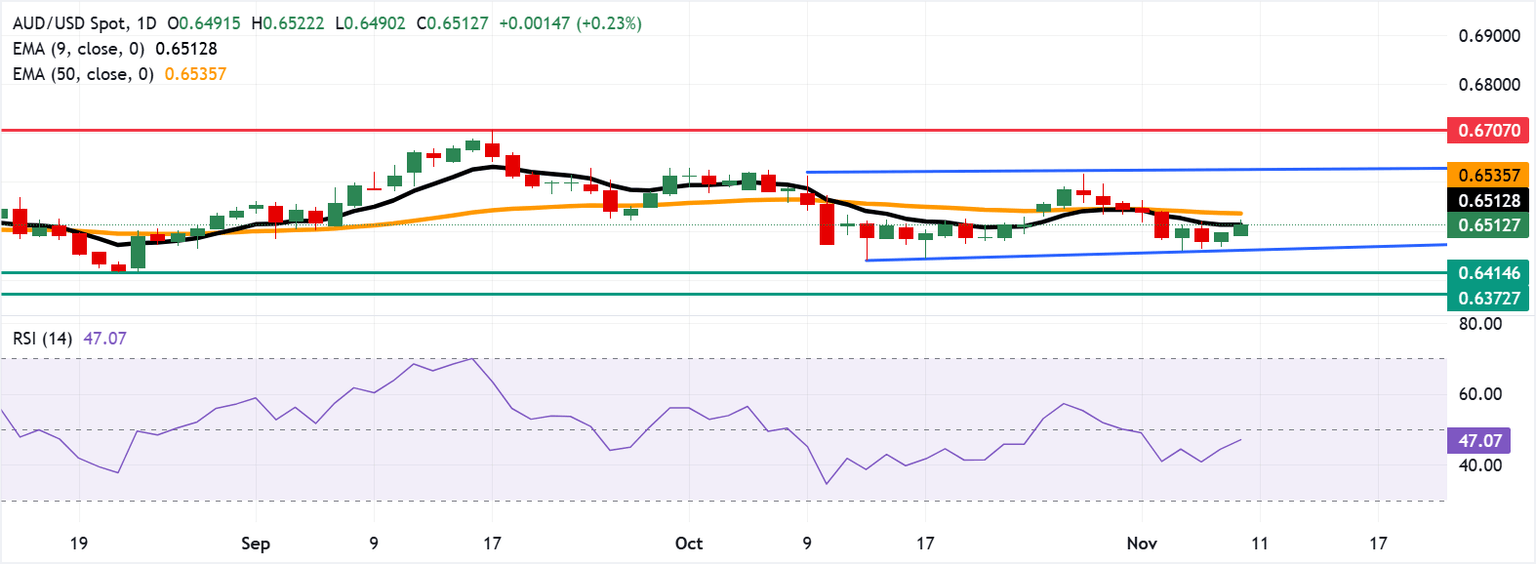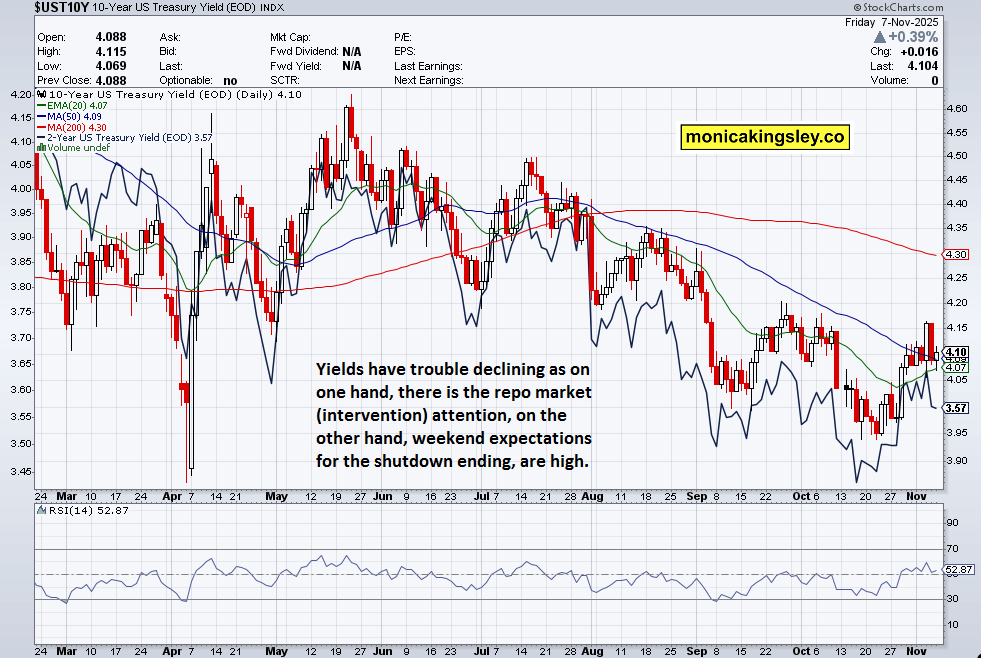Why the Aussie Dollar’s Quiet Surge Could Be the Market’s Biggest Opportunity You’re Missing Right Now
Ever wonder what’s behind the Aussie Dollar’s steady sprint against the US Dollar this Monday? It’s not just some random market whim — the Reserve Bank of Australia’s Deputy Governor, Andrew Hauser, dropped some cautious wisdom about the unusual hurdles the country’s monetary policy is juggling. With demand nudging past potential output and inflation flashing warning signs, maintaining tight monetary conditions seems like walking a tightrope over a financial pit. And if that wasn’t enough, easing tensions between the US and China, two economic giants with stakes in Australia’s backyard, are adding fuel to AUD’s rally. Throw in China’s surprising CPI rebound and the US grappling with a possible end to its government shutdown, and you’ve got a recipe for a currency market dance that’s anything but dull. So, where is the AUD/USD headed next? Is this just a brief pit stop or the start of a bullish journey that could push the Aussie to levels not seen in over a year? Let’s dive into the details and untangle the threads of this intriguing financial story. LEARN MORE
Australian Dollar (AUD) advances against the US Dollar (USD) on Monday, extending its gains for the second successive session. The AUD/USD pair strengthens as the AUD receives support from cautious comments from Reserve Bank of Australia (RBA) Deputy Governor Andrew Hauser, who highlighted the unusual challenges facing monetary policy and stressed the need to maintain tight conditions to curb inflation.
Deputy Governor Hauser noted that Australia’s monetary policy is navigating a tricky phase, as the economic recovery began with demand already exceeding potential output, leaving limited room for near-term easing. He added that demand was “slightly” above potential when GDP growth accelerated last year, marking the tightest recovery since the early 1980s and signaling little scope for expansion without reigniting inflation pressures.
The AUD also receives support from easing United States (US)-China trade tensions. China’s Ministry of Commerce said that it would temporarily lift its ban on approving exports of “dual-use items” related to gallium, germanium, antimony, and super-hard materials to the US. The suspension takes effect from Sunday until November 27, 2026. Any change in the Chinese economy could impact the AUD as China is a major trading partner for Australia.
China’s Consumer Price Index (CPI) climbed 0.2% year-over-year in October, recovering after a decline of 0.3% in September. The market consensus was for 0% in the reported period. CPI inflation increased 0.2% MoM in October, against 0.1% prior. Producer Price Index (PPI) dropped 2.1% YoY in October, following a 2.3% fall in September. The data came in above the market consensus of -2.2%.
US Dollar holds steady on possible end of government shutdown
- The US Dollar Index (DXY), which measures the value of the US Dollar (USD) against six major currencies, is holding ground and trading around 99.60 at the time of writing. The Greenback could receive support as the US Senate appeared on track to pass a deal to reopen the government.
- Reuters reported that the US Senate advances government funding bill to end shutdown, moving it closer toward passage by voting 60-40 in first approval on extending the enhanced Affordable Care Act subsidies. The amended proposal would still have to be passed by the House of Representatives and sent to President Donald Trump for his signature, a process that could take several days.
- US Treasury Secretary Scott Bessent said on Monday that the US federal shutdown impact getting worse for the economy. Making substantial progress on inflation and expecting prices to come down over the coming months, Bessent added.
- The University of Michigan reported on Friday that its Consumer Sentiment Index dropped to 50.3 in November, the lowest since June 2022, down from 53.6 in October and below expectations of 53.2. US consumer sentiment fell to a three-and-a-half-year low amid growing concerns over the government shutdown.
- The Challenger Job Cuts report announced that companies cut over 153,000 jobs in October, marking the biggest reduction for the month in more than 20 years.
- ADP Employment Change in the US climbed by 42,000 in October, compared to the 29,000 decrease (revised from -32,000) seen in September. This figure came in better than the estimations of 25,000. US ISM Services PMI climbed to 52.4 in October, from 50.0 prior and exceeding analysts’ forecasts of 50.8.
- China’s Trade Balance arrived at CNY640.4 billion for October, narrowing from the previous figure of CNY645.47 billion. China’s Exports fell 0.8% year-over-year (YoY) in October against 8.4% in September. Meanwhile, imports rose 1.4% YoY in the reported period vs. 7.5% recorded previously. In US Dollar (USD) terms, China’s Trade Surplus expanded less than expected in October. Trade Balance arrived at +90.07B versus +95.60B expected and +90.45 prior.
- China’s RatingDog Services Purchasing Managers’ Index (PMI) fell to 52.6 in October from 52.9 in September. The data matched the market forecast of 52.6 in the reported period. Manufacturing PMI declined to 50.6 in October from 51.2 in September. The market forecast was for a 50.9 print.
- Australia’s Trade Surplus widened to 3,938 million month-over-month (MoM) in September, exceeding the 3,850 million expected and 1,111 million (revised from 1,825 million) in the previous reading. Exports rose by 7.9% MoM in September, swinging from a previous decline of 8.7% (revised from -7.8%). Meanwhile, Imports rose by 1.1% MoM, compared to a previous rise of 3.3% (revised from 3.2%).
Australian Dollar targets 50-day EMA near 0.6550
AUD/USD is trading around 0.6520 on Monday. Technical analysis of the daily chart shows the pair consolidating within a rectangle pattern, trading sideways. It is positioned slightly above the nine-day Exponential Moving Average (EMA), indicating a stronger short-term momentum.
The initial barrier lies at the 50-day EMA of 0.6535. A break above this level would improve the medium-term price momentum and support the AUD/USD pair to explore the region around the rectangle’s upper boundary, around 0.6630. Further advances would support the pair to approach the 13-month high of 0.6707, recorded on September 17.
On the downside, the AUD/USD pair may find the immediate support at the psychological level of 0.6500, followed by the lower boundary of the rectangle around 0.6470 and the five-month low of 0.6414, which was recorded on August 21. Further support lies at the six-month low at 0.6372.

Australian Dollar Price Today
The table below shows the percentage change of Australian Dollar (AUD) against listed major currencies today. Australian Dollar was the strongest against the Japanese Yen.
| USD | EUR | GBP | JPY | CAD | AUD | NZD | CHF | |
|---|---|---|---|---|---|---|---|---|
| USD | 0.03% | 0.09% | 0.29% | -0.02% | -0.41% | -0.07% | 0.12% | |
| EUR | -0.03% | 0.06% | 0.28% | -0.04% | -0.44% | -0.10% | 0.10% | |
| GBP | -0.09% | -0.06% | 0.22% | -0.10% | -0.50% | -0.16% | 0.04% | |
| JPY | -0.29% | -0.28% | -0.22% | -0.31% | -0.71% | -0.37% | -0.18% | |
| CAD | 0.02% | 0.04% | 0.10% | 0.31% | -0.41% | -0.06% | 0.15% | |
| AUD | 0.41% | 0.44% | 0.50% | 0.71% | 0.41% | 0.34% | 0.55% | |
| NZD | 0.07% | 0.10% | 0.16% | 0.37% | 0.06% | -0.34% | 0.19% | |
| CHF | -0.12% | -0.10% | -0.04% | 0.18% | -0.15% | -0.55% | -0.19% |
The heat map shows percentage changes of major currencies against each other. The base currency is picked from the left column, while the quote currency is picked from the top row. For example, if you pick the Australian Dollar from the left column and move along the horizontal line to the US Dollar, the percentage change displayed in the box will represent AUD (base)/USD (quote).




















Post Comment